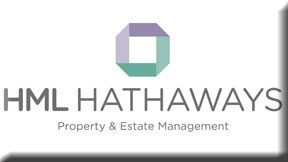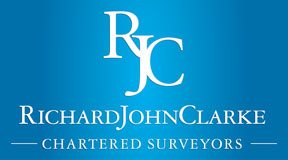Shocking survey HERE
The residential leasehold sector – mainly flats – is the murky corner of the housing market … and it is far larger than any government body has realised.
The Leasehold Knowledge Partnership, the sister organisation of Campaign against retirement leasehold exploitation, today publishes a report demonstrating that there are 5.37 million leasehold properties in England and Wales (end of 2013).
The government repeatedly uses the figure 2.5 million.
The figures show that leasehold is 21.6 per cent of the total housing stock by number of properties.
The Leasehold Knowledge Partnership’s analysis shows the proportion of leasehold property in every MP’s constituency in England and Wales.
The figures have been accepted by the British Property Federation and the Council of Mortgage Lenders in recent submissions to government regarding the Flood Re insurance scheme.
(Leasehold flats are excluded from the scheme.)
Approximately 60 per cent of leasehold is privately owned. That is 3.25-3.5 million properties.
Another 40 per cent is rented out through councils and other social landlords, totalling 1.8-1.9 million units.
Within the privately owned sector more than 50 per cent is then sublet to the private rental market.
London has the largest proportion of leasehold properties representing 50 per cent of the capital’s housing stock by number of properties, and a third of all leasehold properties in England and Wales.
These figures are based on datasets in the 2011 Census and the figures from the National House-Building Council (NHBC) of January 31 2014.
They contrast with the figures from government and public bodies that have repeated that there are about 2.5 million leasehold properties in England.
The London Assembly reported (“Highly Charged, March 2012) that there were 500,000 leasehold properties, but the correct figure is three times as much.
Almost ALL new residential property in London is leasehold.
Retirement housing accounts for 500,000 leasehold units, of which 100,000 are privately owned, the remainder are rented.
Why this matters
Residential leasehold is a sector rife with scandals. Some behaviour is criminal, according to Sir Peter Bottomley.
Much dubious, and possibly unlawful, activity is assisted by lawyers, accountants, auditors and surveyors.
Bottomley predicts ruined professional careers and possibly prosecutions, when scandals in leasehold come to light.
These are the routine activities reported by the Leasehold Knowledge Partnership and Campaign against retirement leasehold exploitation:
- – Opportunist investors scouring the auctions for freehold assets that are then systematically monetised. For example, by a succession of unnecessary major works.
- – Insurance on blocks of flats is bought by freeholders, but paid for by leaseholders, who have no right to know the scale of the commissions involved (they can exceed 50%).
- – The opaque unregulated property management industry is rife with padded bills and extras. Commissions are routinely paid to property managers to spend other people’s money.
- – Common parts to a block, such as house managers’ flats, are alienated with a separate lease and sold off. This is unlawful, and possibly criminal.
- – Freeholders only invest, perhaps, five per cent in a building compared with the capital value of all the leaseholders’ flats, yet have tremendous powers.
- – Most sickening exploitative behaviour is seen in retirement leasehold against vulnerable pensioners who cannot fight back.
Examples of these injustices can be provided to media.
Survey link again is here
























Campaign against retirement leasehold exploitation ,
What figure does Land Registry have for number of leasehold titles for both residential and commercial properties in England and Wales ?
it does not compile that figure, which is why we have done it.
According to the Land Registry website , the average price of property at Dec 2013 was GBP 167,353.
So if the total stock of residential leaseholds in England and Wales is 5.37 Million units and the total value of leasehold property is 5.37 Mil x 167,373 = GBP 896 Billion.
This total number can be divided into 1/3 public housing and 2/3 private housing so very approximate figure .valuing public housing at GBP 300 Billion and private housing at GBP 600 Billion.
Most of the flats are sold under 99 years or 125 years lease which on reaching expiry date , the property must be handed back to the lessor ( known as the freehold Reversioner) . So the total value of leasehold housing stock now calculated at GBP 896 Billion is slated to be reduced to Nil value over the approx 100 years period.
In other words, this money ( called the premium ) to buy the leases has to be earned by the successive leaseholder’s who usually bought with a 25 years mortgage. So we can see the leasehold system destroys or damages the life time famiiy savings of the 5.37 million leaseholders ( and probably 5.37 million voters .who should be complaining to their local MP)